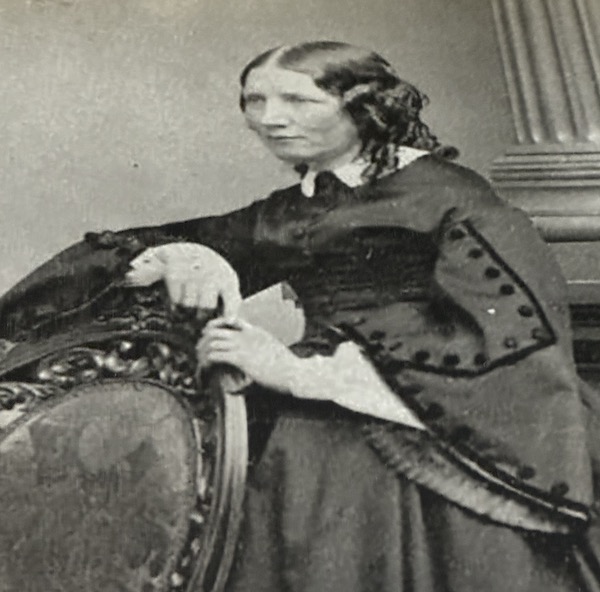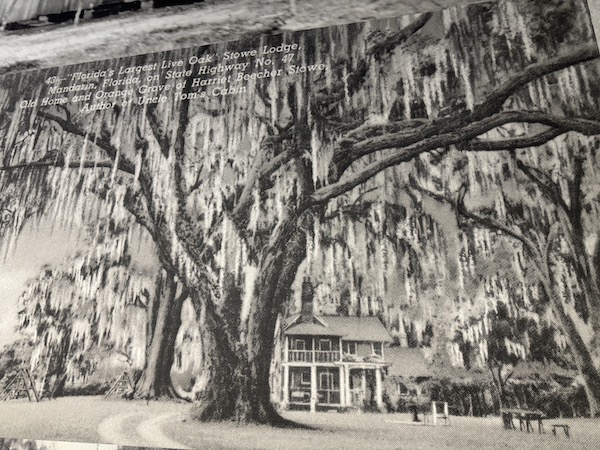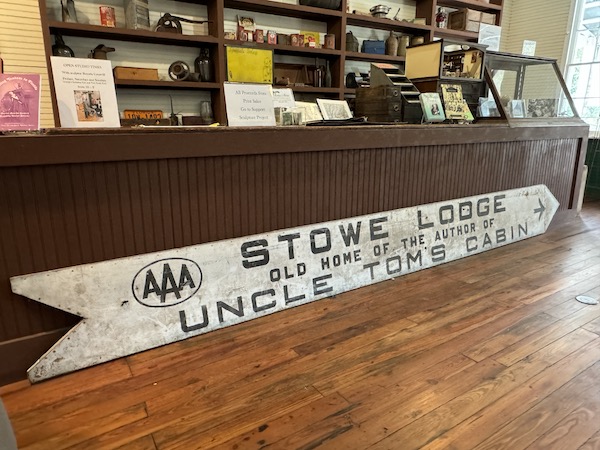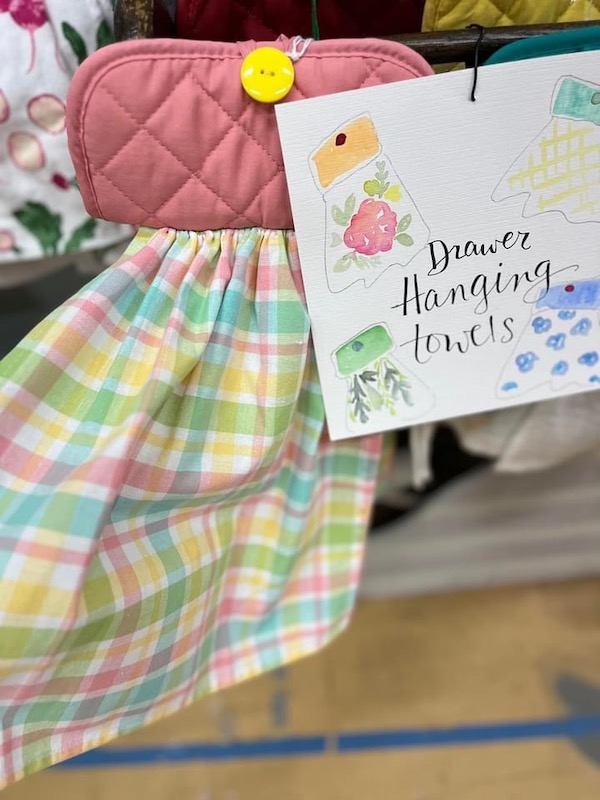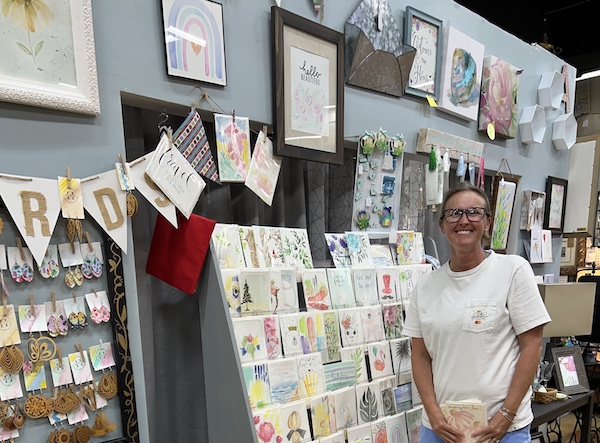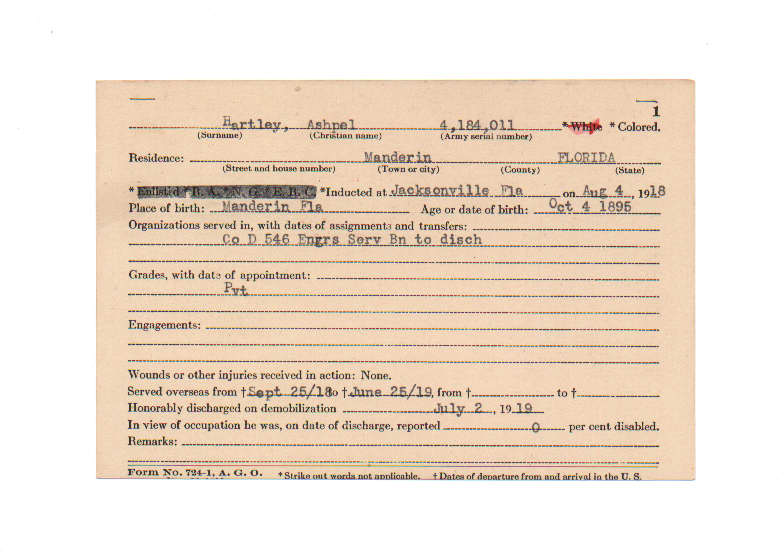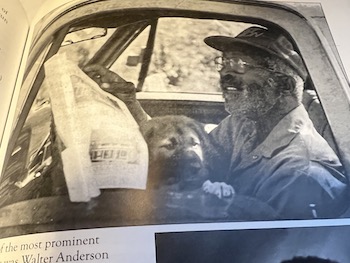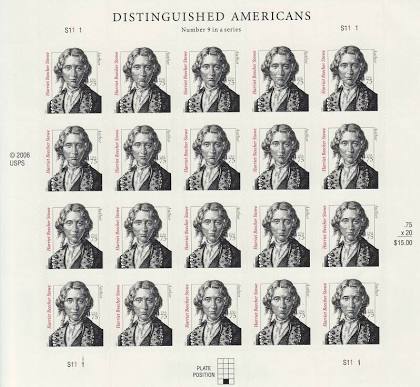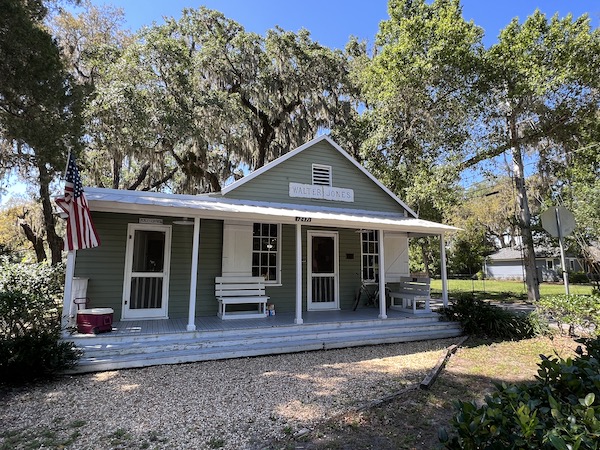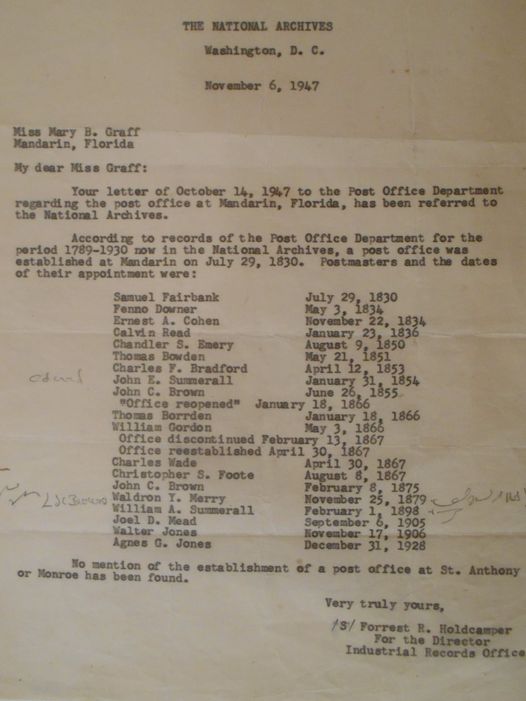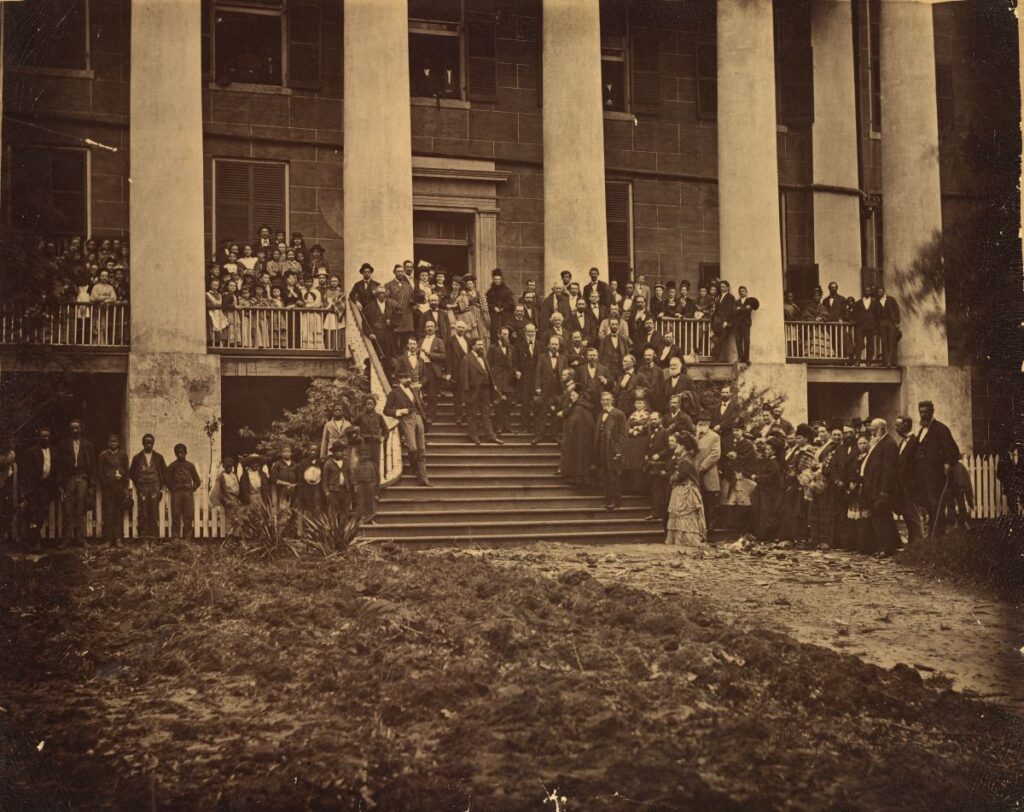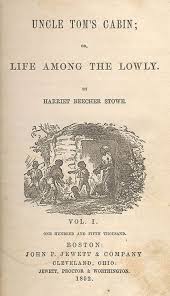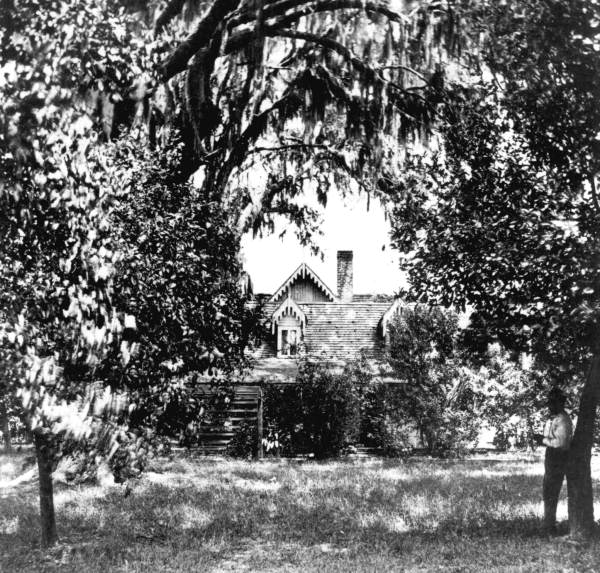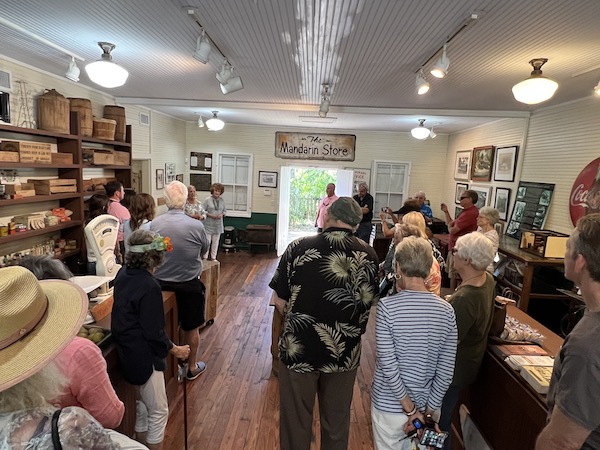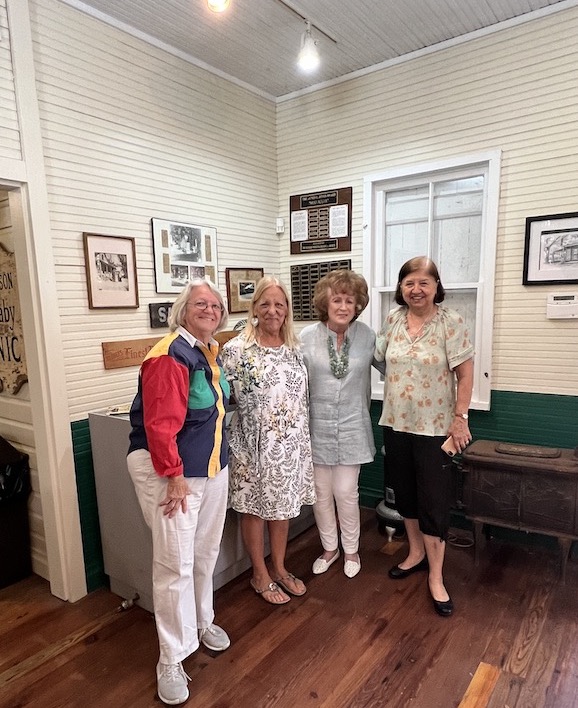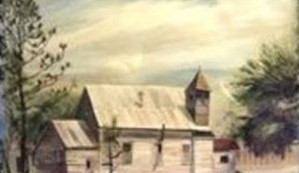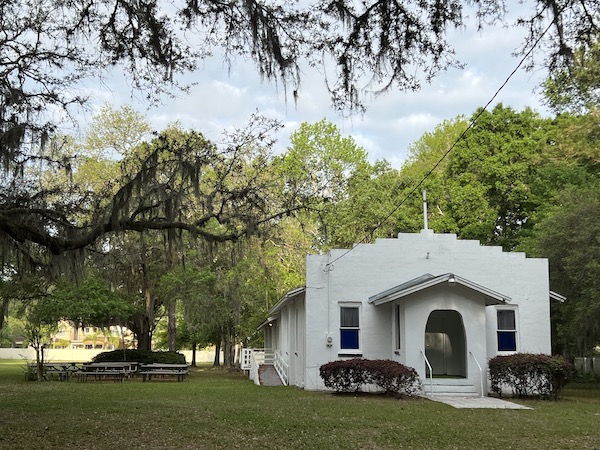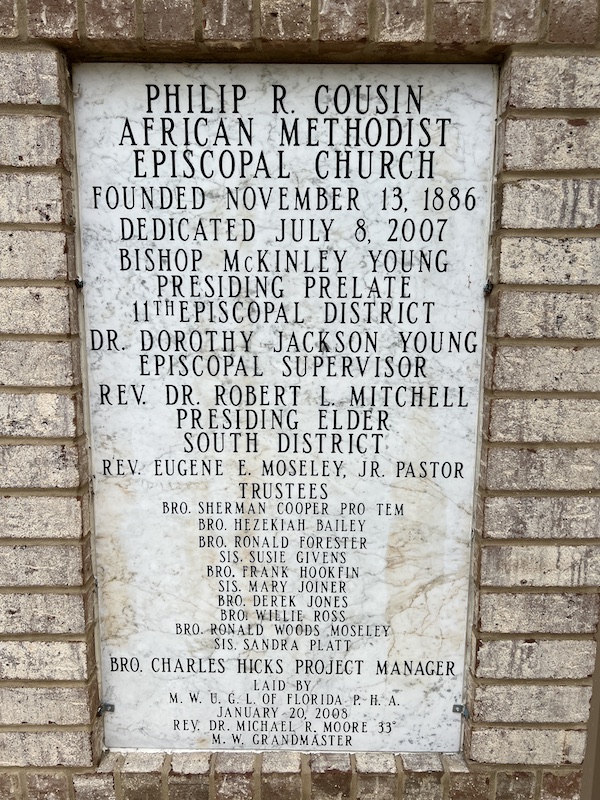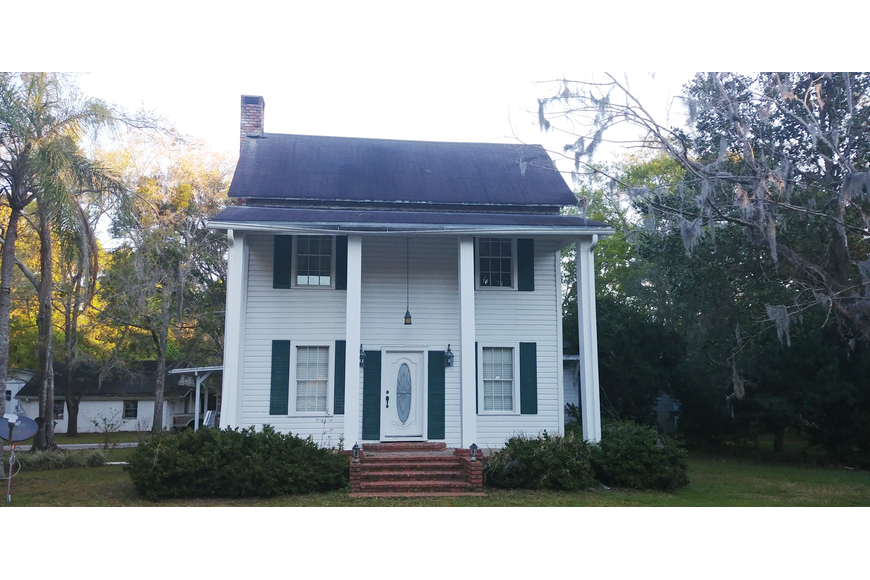The First Protestant Prayer, Fort Caroline Monument and Lee Adams
Lee Adams, as he was known, was a botanical artist, painting birds, fruit, flora and fauna. He is known for his opportunity to paint four large murals for the 1964 World’s Fair in New York. His home was in Jacksonville, Florida where he attended West Riverside Elementary and graduated from high school in Duval County. For a time he and family lived in Mandarin as indicated in the 1940 census.
Early Years
For much of his life he painted birds, flora and fauna. His work is colourful and rich with detail to the intricacy of body parts including the beak, wings, legs and more. His paintings can be found in the St Vincent’s hospital, West Riverside, elementary school auditorium, the Beaches library, and a remarkable refurbished 12’ x 30’ mural of Ribault’s Landing on the fourth floor of the downtown Jacksonville library.
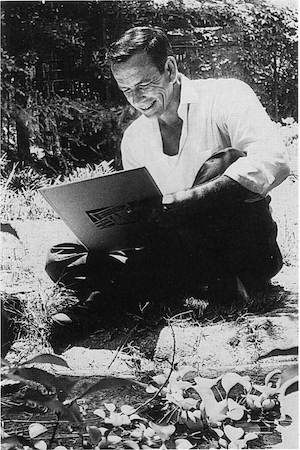
Lee Adams was the youngest of three children with two elder brothers, Thomas Burton Adams, Jr. and Alexander Hamilton Adams. His elder brother was a real estate developer turned politician. He was a member of the Florida Senate from 1956-1960, Florida State Secretary from 1961-1971 and the 10th Lieutenant Governor of Florida from 1971-1975.
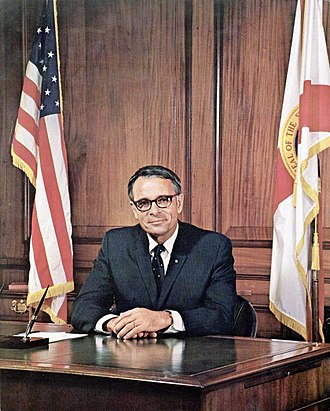
Adam’s father, Thomas Burton Adams and mother, Carolyn Sykes Hamilton Adams are buried in the same cemetery as he and Lee’s wife, Mimi.
Making the Past Come Alive
My grandson, Ramey and I spent a day following leads to the life of Lee Adams, as he was called. It was at Oaklawn Cemetery that we met Nicole Ruff, one of Oaklawn’s consultants. It was great discussing the life of Adams, his influence on Florida, life in Mandarin and artwork that is now world-wide. Her help in our finding his grave and realizing that his family also had a family plot.

Adam’s wife, Mimi, was known for her environmental passion and headed up the Jacksonville Air Pollution Control Board. She was the first chairperson of the board formed in 1968. The two of them were interested in environmental issues. The Avondale park in Duval County is named in their honor and there are some plaques in various parts of the city given for their work on the environment.
This entire week, time was spent visiting each place where his work can be seen and it was found highly insightful. At the Beaches library, the mural work is colorful and beachy. At West Riverside Elementary School, Data entry clerk, Jeanine Mann, a seeming authority on the history of the school, gave the tour of the auditorium where three large paintings sponsored by large corporations hung high and grandeur. One painting was themed of NASA and space, another of Florida and transportation, including airplanes, trains, with communication ties, and the third of the cowboy and cattle segment of the Sunshine State. In that auditorium is also where the music class with Mr. Warren is held. While we were viewing paintings, he could be heard literally, singing to the children’s they entered the class. He also has stories to tell of the history of the school built in 1911.
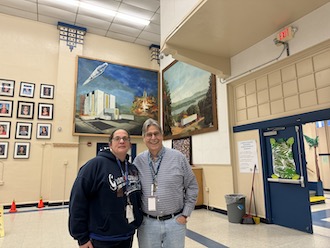
Researching this artist, the most favourite in our minds was finding that of the 12 x 30 colourful mural of “Ribault’s Landing”, celebrating Christian Huguenots landing along the St. John’s River and the first Protestant prayer “within the limits of the present-day United States”. This painting, now hangs on the South wall of the 4th floor in the downtown Jacksonville library. In May of 2021 the city of Jacksonville announced the mural would be “installed in the Florida Collection” area after having been revived from years of neglect.
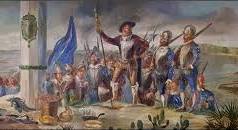
The scene, painted by Lee Adams and refurbished by artist Jim Draper, represents the story of Huguenot, Jean Ribault, his crew and Timuquan Indians at the landing in Fort Caroline in 1562. It was the place where the French “knelt in prayer, beseeching God’s guidance and commending the natives to His care”. The marker on Fort George Island says, “This was the first protestant prayer in North America.”

First Protestant Prayer Marker, Fort George Island, Jacksonville, Fl. This marker was erected by the Jacksonville Chapter Daughters of the American Revolution, on March 11, 1938. The text on the marker reads as : ” Jean Ribaut and a party of Huguenots landed the morning of May1, 1562 on this island. Here they knelt in prayer, beseeching God’s guidance and commending the natives to his care. This was the first Protestant Prayer in North America.”
Incredible Surprises
According to the Florida Times Union story by John Carter, the large mural was found rolled up in the basement at Robert E. Lee High School. It was originally created in 1959 and hung at the downtown 2nd floor dining area in the Sears building on Bay Street, not too far from the Main street bridge. In 1981, the store relocated moving to Regency Square and the building was demolished making way for the Omni hotel. The art piece was rolled up and taken to Lee High school. Although it has been said the artwork was stored in a box which was even nailed shut, the rolled up artwork was nested by rats, roaches and took a toll on the beautiful oil work. It would need a full restoration.
In the newspaper article, Jim Draper, Pedestrian Gallery owner helped with the restoration promoted by City Council President Jim Overton. Through a turn of events, and special project of the school principal, Jane Condon, the painting was displayed at the LaVilla School of the Arts for a time.
According to The Daily Record, the Fort Caroline refurbished painting was “officially unveiled on the fourth floor of the library” on Tuesday, May 1, 2012 in celebration of the 450th landing.
Lee Adams and his wife were killed in a tragic automobile accident on Roosevelt Blvd in 1971. We looked on Findagrave.com for the location of his internment but we had to search further. Soon, we found that he was buried at Oaklawn Cemetery along with family members.
Regarding Adams’ work
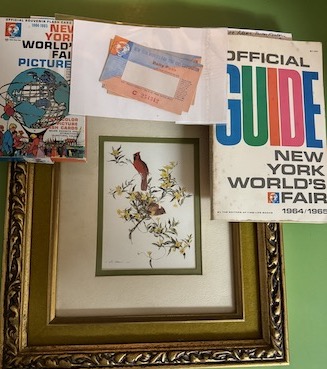
Finding Adams’ artwork is sketchy and quite expensive in most venues. On eBay, his art is going for $450. and up. On the “Invaluable” auction site, his “Parrots” piece is estimated between $800- $1,500. On Facebook Marketplace, there are two prints going for $50. I have purchased them along with World’s Fair tickets and the official guide. The paintings now hang on my wall. Pleasure.
See you tomorrow,
Nan
Sources:
Wikipedia, The Daily Record, Family Search, Jacksonville Library, Oaklawn Cemetery, Florida Times Union, Oaklawn Cemetery, Personal visits. 2-29-24
Photos: Wikipedia, US. Senate .gov, Ramey
